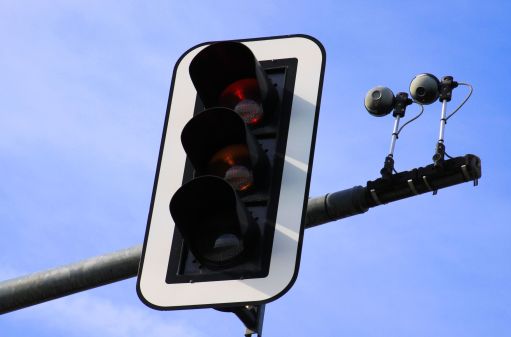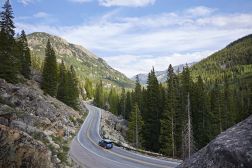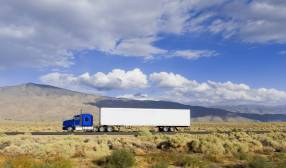Utah invests $50 million in connected and autonomous vehicle infrastructure

The Utah Department of Transportation on Tuesday announced a $50 million contract with Panasonic to design and implement the next phase of the state’s connected and autonomous vehicle infrastructure.
The agreement builds on the state’s existing “intelligent transportation system,” or ITS, which includes a statewide fiber network connected to 127 intersections equipped with sensors that can communicate with some of its buses and snowplows. Under the new contract, Utah and Panasonic will search for the geographic areas and software applications imagined to hold the greatest potential for gains in roadway safety.
Many states, including Ohio, Texas and Utah, have installed connected-vehicle infrastructure along limited stretches of their roadways, usually to collect data from fleet vehicles. But Blaine Leonard, a Utah transportation technology engineer, told StateScoop this project is a leap ahead for a state anticipating an evolutionary leap in the consumer auto market.
“This project is a significant scale up from what we’ve done on our own in the past,” Leonard said. “We need to prepare ourselves for a future time when all vehicles will broadcast this kind of information.”
Today, data trolleyed across Utah’s radio-powered ITS boosts roadway efficiency. Snowplows and buses behind schedule can phone ahead to intersections to make sure the light is green when they arrive. And data that connected vehicles slough off provides additional intelligence officials can use to tweak routes, schedules and light timing.
But the Panasonic project is larger and more ambitious than what the state is toying with today. The five-year project is planned to include 220 installation sites and as many as 2,000 additional vehicles with the ultimate goal of putting a dent in the nation’s 37,000 annual roadway deaths. In 2018, 264 people died on Utah’s roads, and while that figure is on the low end of the distribution for states, Leonard said he’d like to see it closer to zero.
If Utah can begin aggregating real-time information from vehicles such as speed, location and wheel slippage, algorithms could identify on-the-fly where ice appears on roads and pipe warnings directly into connected vehicles. Transportation authorities have been doing versions of this for decades, through static and electronic signs, but Leonard pointed out that signs — broadcasting warnings like “slippery road ahead” — are quickly outdated and often contain information that’s regional, rather than pertinent to the exact stretch of road sitting under a given car’s four tires.
“You see that sign and go, ‘Is that message current? And where exactly is that?'” Leonard said. “Then you as a driver can discount that information.”
The National Highway Traffic Safety Administration links 94 percent of crashes to some form of human error.
Automakers add new safety features to their cars at lower price points each year, including automatic lane-assist and rear-end detection features even in mid-range vehicles. While projections for when fully autonomous vehicles will gain widespread deployment range from a few years to several decades, Leonard said it won’t be long before cars at least have the gadgets to talk to other cars and the surrounding environment. That’s a future, he said, government should be ready for.
“Vehicles could slow down or swerve,” Leonard said. “There’s a bunch of examples like that where this information could prevent crashes.”






